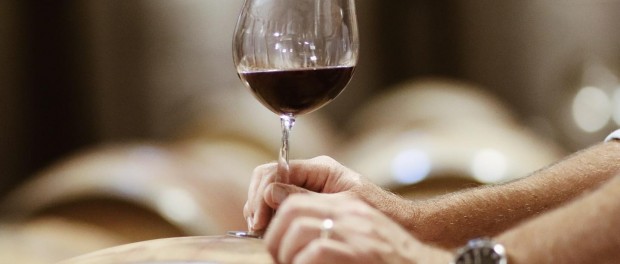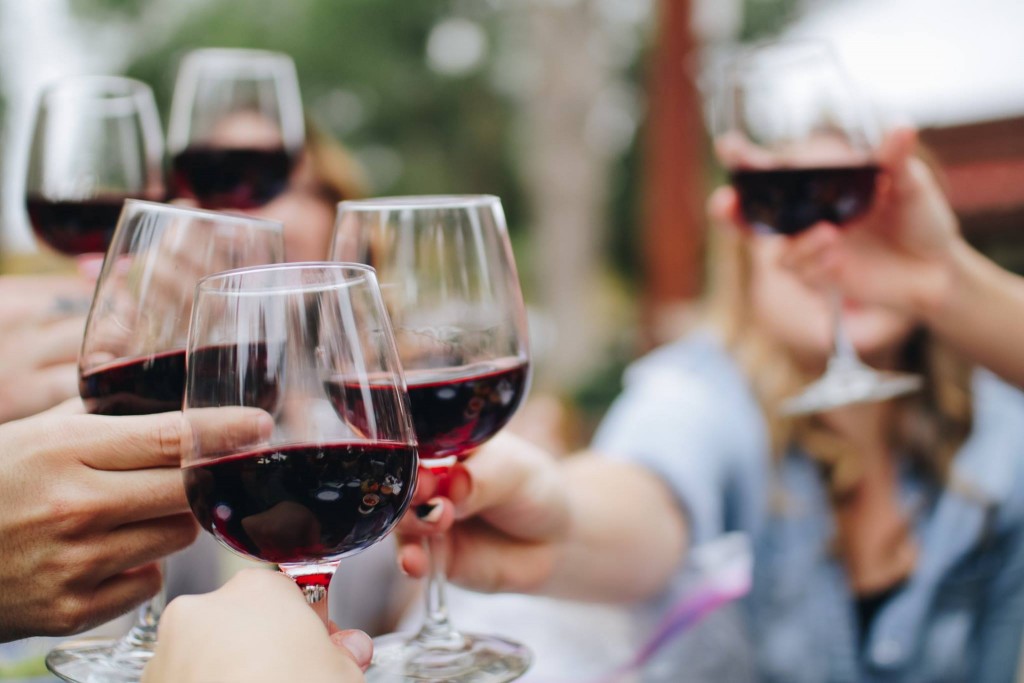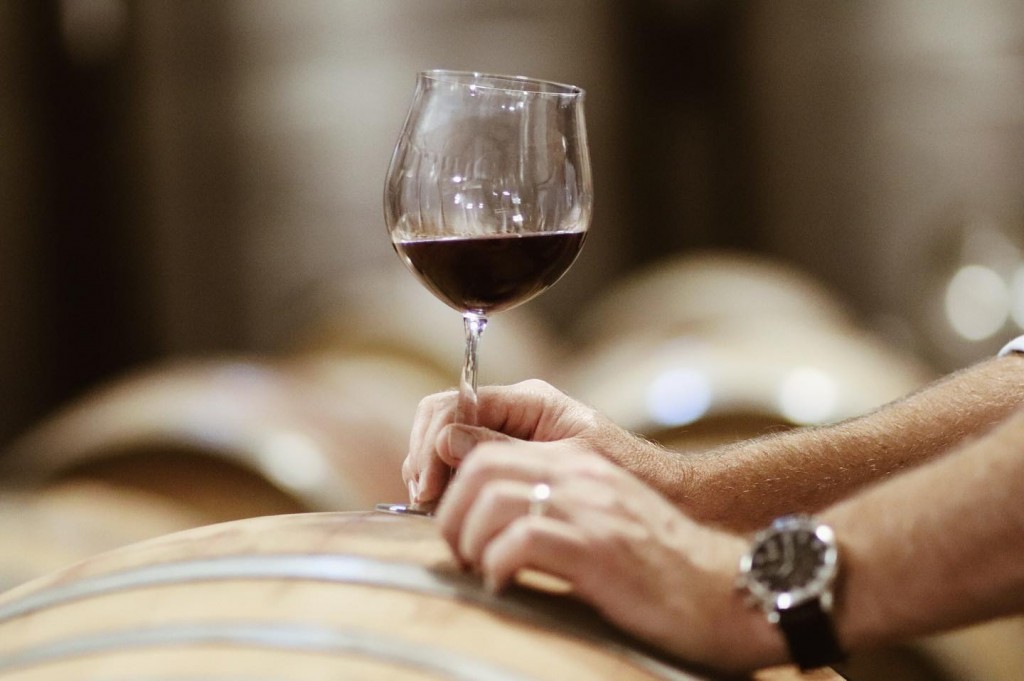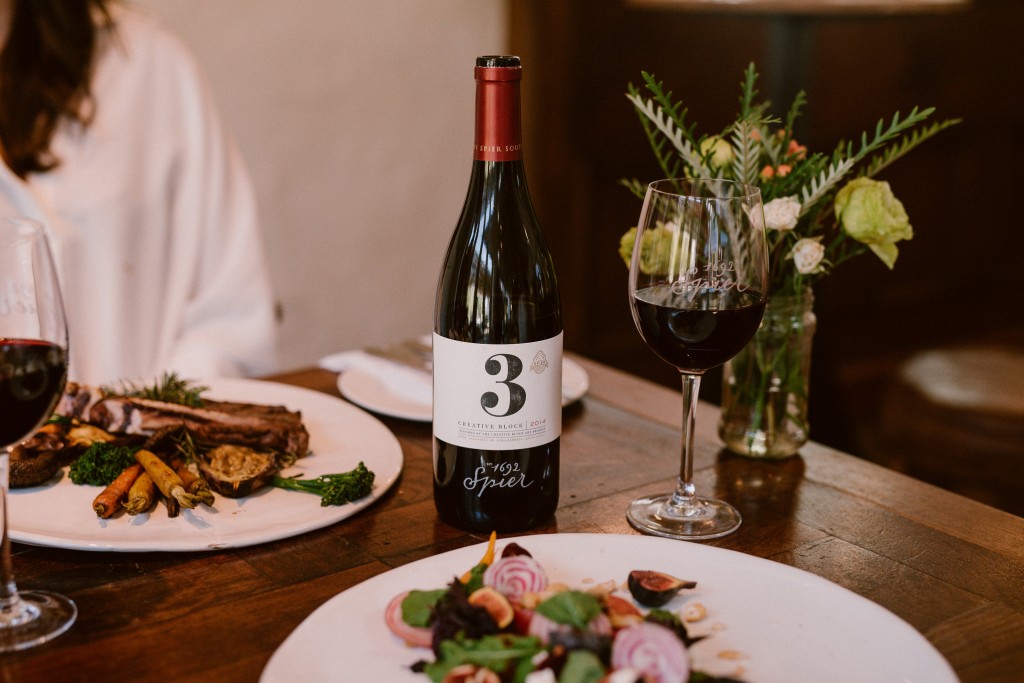Mixing it up: The latest on South African Red Blends

In the same vein that brands like Jacuzzi and Hoover have earned such fame they have become the generic term for a product, Bordeaux Blends are so popular they are almost synonymous with Red Blends as a category. Owing their reputation to the historical reverence of the Bordeaux region of France (the largest fine-wine producing region on earth), Bordeaux Blends traditionally combine several ‘noble’ grape varieties native to the region, most notably Cabernet Sauvignon, Merlot, Cabernet Franc, Petit Verdot and Malbec. While they may not originate from the famous region itself, versions of these blends are made all over the world, earning the name ‘Bordeaux-style’ Blends and dominating the market.
‘Are we simply schooled into assuming Bordeaux Blends are better, or are they really better than other blends?’ is the pointed question posed by Cape Wine Master and Vinimark’s Wine Education and Training Manager, Ginette de Fleuriot, playing devil’s advocate.
Bordeaux Blends made in South Africa are celebrated for their adherence to traditional viticulture, featuring the prominent varietals such as Merlot and Cabernet Sauvignon that are known for their structured sophistication and ageing potential. Yet despite the consistent popularity of these blends, Rhône-style Blends are starting to demonstrate significant growth and market resilience in this country.
Also named for a French wine-growing region, the Rhône valley, the usual grape varieties used in these blends are Syrah, Mourvèdre and Grenache. The second largest AC (appellation contrôlée) producer after Bordeaux, the Rhône’s most notable red varieties are combined with other permitted varieties to produce the characteristic ‘GSM’ blend of the southern Rhône. In the South African context, Rhône-style Blends are typically crafted with a nod to these traditional blends, but with a distinctive local twist that reflects the unique terroir and innovative spirit of South African winemakers.
Market data reinforces the unique position of Rhône-style Blends in South Africa. According to a 2024 sales statistics report by researcher Circana, while most wine categories have shown varying growth rates, Rhône-style Blends have consistently maintained a premium despite their higher price tags. Only Bordeaux styles have outpaced inflation in terms of value sales. This trend underscores the burgeoning recognition of the quality of Rhône-style wines and highlights the meticulous craftsmanship of South African winemakers, as well as the potential for further market penetration.
Celebrated for their sophisticated palates, Constantia Glen THREE – which boasts 4 stars by Platter’s South African Wine Guide – and Spier Creative Block 3 2020 – rated 4,5 stars – are relatively modestly priced between R200 and R300. In the entry-level bracket, priced between R120 and R200, distinguished options like Creation Syrah Grenache 2022 and Tierhoek Grenache Syrah Mourvèdre 2021 showcase the category’s robust appeal.
South African Rhône-style Blends like these are noted for their complexity and depth, drawing on the diverse climatic conditions of the region which allow each variety to express distinct characteristics. In the minds of many, they represent a more innovative approach in the local market than Bordeaux Blends.
At a recent Vinimark masterclass hosted by de Fleuriot, and attended by more than 30 members of the industry, the consensus was reached that establishing a sweet spot between a culture of innovation and education around traditional blending techniques is essential in the definition of South African Rhône-style Blends.
Veteran Cellar Master Johan Jordaan of Spier reflects on evolving vineyard practices. ‘Managing young vines with a very light touch, perhaps leveraging natural fermentation, tempers the fruitiness, while older vines demand more engagement to reveal their full potential, typically offering greater salinity and elegance,’ he says. This detailed understanding of vine age and fermentation practices is pivotal as South African winemakers continue to explore and expand the possibilities within Rhône-style Blends.
Stephan de Beer, Head Winemaker at Twee Jonge Gezellen, states: ‘The future of South African wine lies in our ability to embrace both tradition and innovation, crafting unique expressions that showcase the best of our terroir and the ingenuity of our winemakers.”
This same sentiment bears out for another local blend with the potential to punch above its body weight – the under-sung Cape Blend. Typically, this is any blend that tends to lead with Pinotage, which, first cultivated in 1925, is South Africa’s own signature red grape variety. Pinotage has the potential to combine local pride and patriotism in a wine glass if positioned that way through marketing narratives. Currently, few wines on the market call themselves Cape Blends. At competition level, Cape Blends compete in the general Red Blends category rather than in a Cape Blends category.
Muddling and mixing are the lifeblood of blends. After all, the number one reason to blend wines still remains the same: to improve the quality of the end-product. Ultimately, says de Fleuriot, ‘it goes back to the winemaker’s aims in making the blend. Are they wanting to hone the traditional, or embrace something else?’
But it may be that all this technical talk of blends among industry folk falls on largely deaf ears among consumers in the end. ‘Having an interesting name for a blend resonates a lot better with consumers,’ is the finding of Nongcebo ‘Noni’ Langa, Delheim’s winemaker.
The logic does hold that it is easier to recall a single name than a whole string of weird-sounding, difficult-to-pronounce varietal inclusions, Bordeaux or otherwise. Names like Carménère certainly don’t fall easily off the lips. A well-blended red wine, on the other hand, regardless of its provenance, is treasured sip by sip and not easily forgotten.








